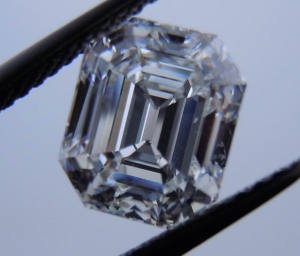- Joined
- Aug 14, 2009
- Messages
- 27,502
Karl, do you know of any (decently representative) photos/videos of those two types? I'm going through GOG's vimeos one by one searching for EC but I'm not finding much and even then I don't really know what I'm looking at..
http://vimeo.com/9964998 Type1, and it looks really lively
http://vimeo.com/34137343 ? looks like another type 1, I can't tell much about how it'll actually look in-person though
http://www.goodoldgold.com/diamond/7966 A mix - bigger table and flatter crown but with the quickly alternating bands - faster scintillation events?
http://vimeo.com/20531704
http://vimeo.com/9964998 Type1, and it looks really lively
http://vimeo.com/34137343 ? looks like another type 1, I can't tell much about how it'll actually look in-person though
http://www.goodoldgold.com/diamond/7966 A mix - bigger table and flatter crown but with the quickly alternating bands - faster scintillation events?
http://vimeo.com/20531704
Yssie|1327076559|3107453 said:Nothing productive to add, just to say that this is a great thread and I'm following closely - thank you Lula, David, and Wink and affguy! !
Lula I can't wait to see what you wind up withAnd I'll be really interested to read what you think of it after owning so many Infinity RBs - I can't think of more disparate styles!
Lula, of those types which do you like best, do you think? When looking at ECs (I've only looked at a few though) I tend to favour the ones with lots of alternating bands of light and dark - more, smaller steps. I guess because that's as close to an RB as they can get in terms of both appearance and light return! I don't think I like Lula Type 3s - I get impatient waiting for those giant facet-blocks to re-orient sufficiently to *do something* - especially in larger stones...




300x240.png)